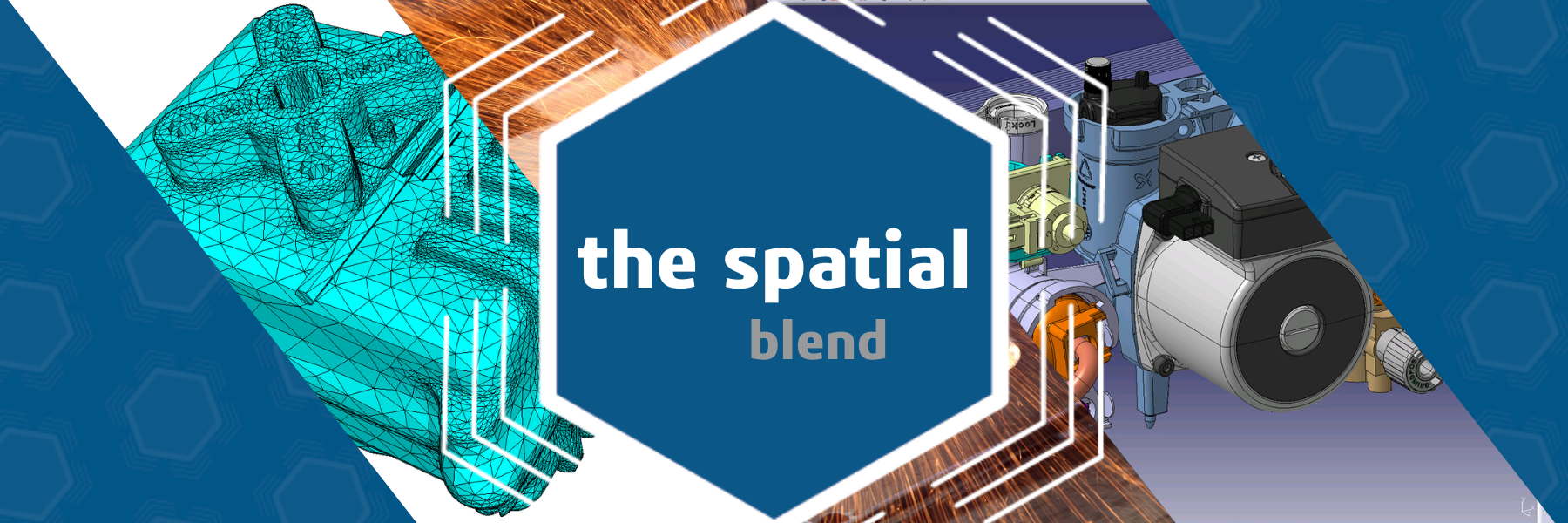
Here's a Roundup of 2020 News from Spatial2020 has been quite the year so far. We've been busy bringing you a new release, our Spatial Tuesday webinar series, and brand new educational content: |
RELEASE 2020 1.0.1Released in April, 2020 1.0.1 brings many new enhancements to the Spatial portfolio, including: |
|
Spatial's 2020 Webinar Series - Spatial Tuesdays |
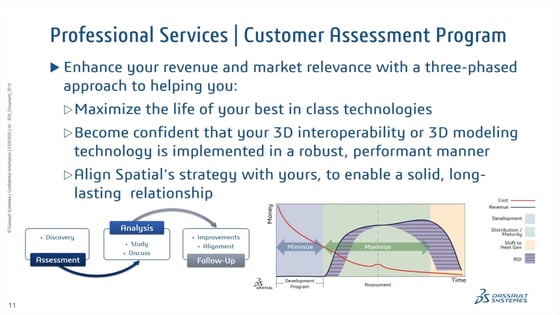 |
|
Information regarding the Spatial Assessment Program: "Spatial is Your Solution Advisor" Webinar Learn how you can optimize the use of Spatial 3D technology and expertise in your leading edge application. Can't attend a live webinar? Have no fear — all webinars are available on-demand after their premiere date. Click the button below to register for any upcoming as well as on-demand webinars. Some of our Topics Include:
|
|
Innovation in the time of COVID-19Designers, engineers and manufacturers can play a critical role in combating the COVID-19 pandemic. Currently, there are many initiatives around the globe, but there is little coordination among teams. Dassault Systèmes, Spatial’s parent company, proposes leveraging collective intelligence to source, qualify, design, engineer and manufacture rapid solutions during the pandemic. |
|
Read the latest from the Developer to Developer Blog: |
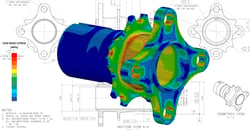 |
An Introduction to Finite Element Modeling (FEM)In its most basic form, FEM is an approximation method that subdivides a complex problem space, or domain, into numerous small, simpler pieces (the finite elements) whose behavior can be described with comparatively simple equations. |
|
 |
Industrial Automation in 2020: From Mechanization to AutomationThere was a time, not so long ago, when many of the products purchased by businesses and consumers were manufactured in large factories employing hundreds or even thousands of workers. Such factories were more productive and profitable than earlier manufacturing methods because of mechanization — the enhancement (not replacement) of human labor through powered machines and tools that increased each worker’s productivity. |
|
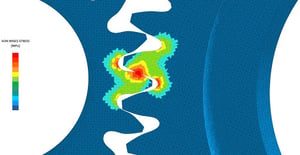 |
What is Simulation Modeling (And How Does it Work)?Advances in computer-aided design (CAD) software and computer hardware performance have enabled the use of virtual models. Not only can objects be designed on a computer and displayed visually using three-dimensional graphics rendering, they can be tested in simulated physical conditions using the same CAD software in which they were designed. |
|
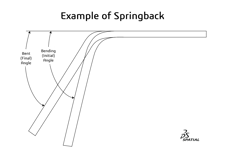 |
What is Springback Compensation?Take a fresh, new sheet of paper, and fold it in half, like you’re making a paper airplane. Place the folded paper on the table in front of you. What happens? Most likely, the two halves don’t lie flat against each other. Even if you sharpen the crease, the top half will tend to lift away from the bottom half. This is the phenomenon of springback — the tendency of a material, when bent, to try to return to its original shape. |
|
Lorem ipsum dolor sit amet, consectetur adipiscing elit

ACIS, 3DScript and SAT are registered trademarks of Spatial Corp.